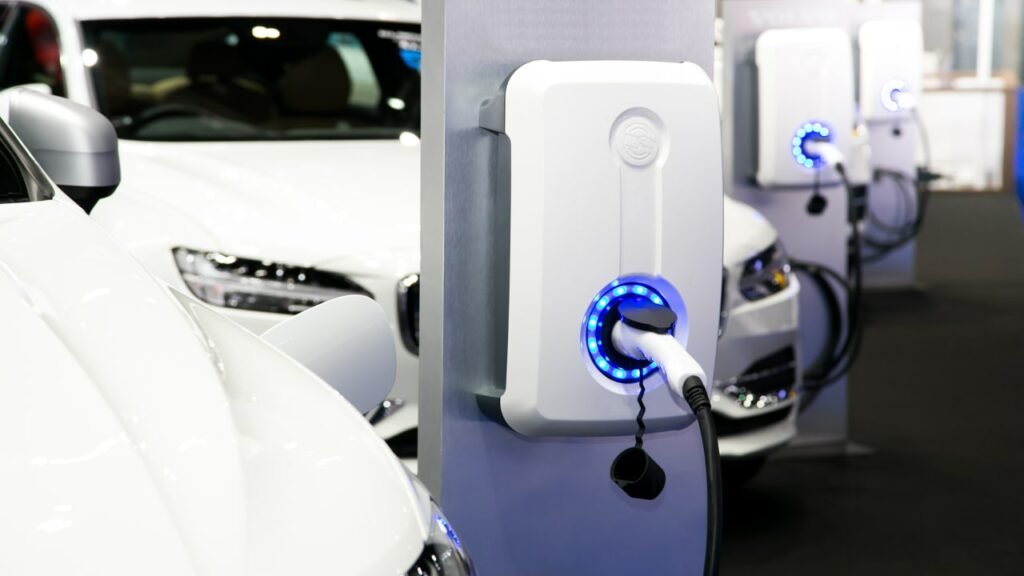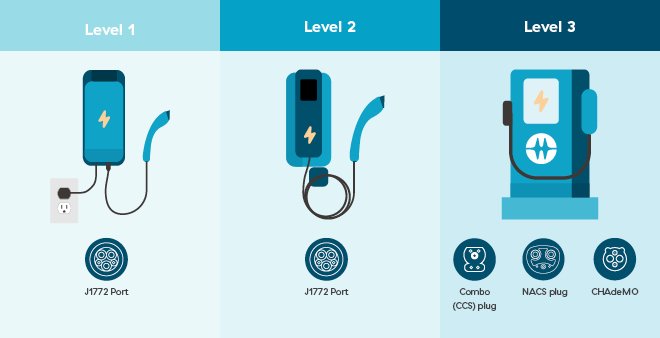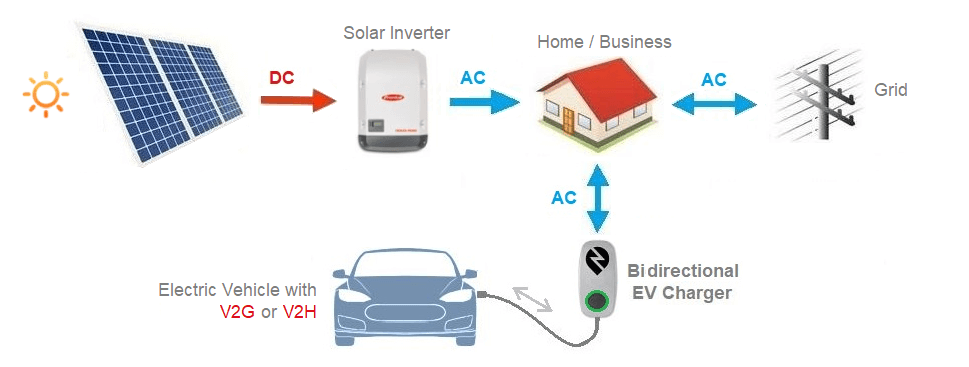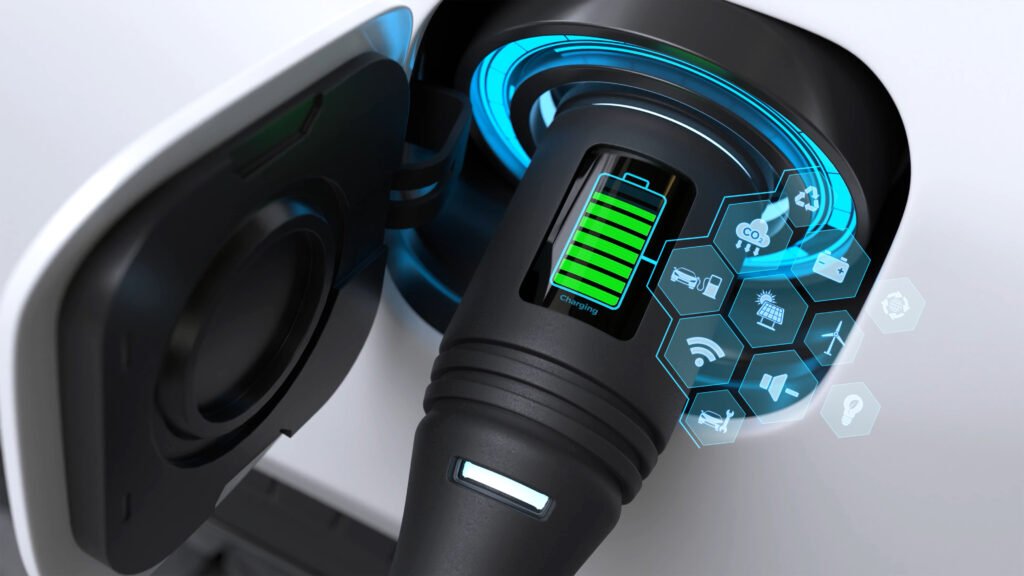Building the Future, One Charger at a Time
EVs are booming, and so is the demand for places to charge them. Whether you’re a startup founder, business owner, or investor, launching your EV charging network in 2025 is smart.
In this guide, you’ll learn how to start and scale your own EV charging network, from picking locations to managing energy and monetization.

Step 1: Define Your Business Model
There are a few common paths:
| Model | Description |
|---|---|
| Public Network | Chargers in public spaces, open to all EVs |
| Fleet-Only Network | Private chargers for company or government fleets |
| Hospitality/Commercial | Chargers installed to attract foot traffic |
| Franchise Model | Partner with major brands (e.g., EVgo, Blink) |
Choose a model based on budget, target market, and scale ambitions.
Step 2: Pick Strategic Locations
Location is everything. Ideal sites include:
- Apartment complexes
- Gas stations converting to EV use
- Grocery stores and strip malls
- Highway rest stops
- Urban downtown zones
Use tools like ChargePoint SiteHost or Volta’s analytics to assess traffic potential.
Step 3: Choose the Right Hardware
You’ll need to decide:
- Level 2 or DC Fast Charging
- Plug types (CCS, NACS, CHAdeMO)
- Payment system (contactless, app-based)
- Smart features (remote monitoring, load balancing)
Top commercial hardware vendors:
- ABB
- Tritium
- ChargePoint
- BTC Power

Step 4: Funding, Incentives & Grants
Funding options include:
- Government EVSE grants (DOE, DOT, utility programs)
- Private equity and clean energy funds
- Equipment leasing
- Public-private partnerships
Check NEVI program and state-specific EVSE rebates.
Step 5: Scaling With SaaS + Smart Management
Growth becomes sustainable with:
- Dynamic pricing
- Load optimization
- Site performance dashboards
- Fleet billing
Pair with top EV SaaS platforms (see next article).
FAQ
Q: How profitable is a charging network?
Margins vary, but stations can become profitable in 3–5 years, especially with public subsidies and foot traffic.
Q: Do I need utility approval?
Yes — work with local utilities early to handle transformer upgrades and permits.
Q: Can I offer charging as a service (CaaS)?
Yes — leasing hardware and selling electricity is the most common CaaS approach.

Final Thoughts
Starting your own EV charging network is a real business opportunity with long-term potential. With the right location, tools, and partners, you can scale fast — and power the future of transportation.
Explore more:
- SaaS Tools That Power EV Infrastructure
- How Energy Companies Are Shaping EV Infrastructure
- Smart Grid EV Charging: A Utility-Scale Overview
Subscribe to VoltDriveHub for founder-focused EV infrastructure content and funding alerts.







